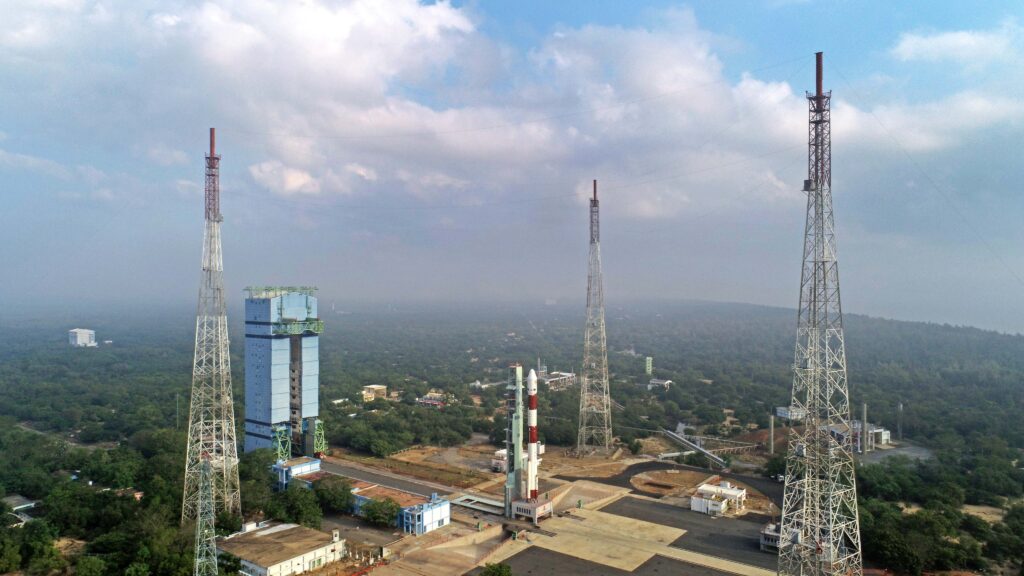ISRO’s PSLV-C58 Successfully Launches XPoSat, India’s Pioneering X-ray Polarimeter Satellite

In a triumphant start to the new year, the Indian Space Research Organisation (ISRO) achieved yet another milestone with the successful launch of the Polar Satellite Launch Vehicle (PSLV)-C58 mission on January 1, 2024. ISRO Chairperson S Somanath announced the accomplishment, stating, “PSLV-C58 has placed the primary satellite – XPoSat – in the intended orbit of 650 km with 6-degree inclination.”
XPoSat, India’s maiden dedicated polarimetry mission, aims to delve into the complex dynamics of bright astronomical X-ray sources in extreme conditions. Positioned in a low earth orbit, the spacecraft carries two advanced scientific payloads that mark a significant leap in space exploration.
The primary payload, POLIX (Polarimeter Instrument in X-rays), developed collaboratively by the Ramam Research Institute (RRI), Bangalore, and U R Rao Satellite Centre (URSC), is an X-ray Polarimeter designed for observations in the energy band of 8-30 keV. It comprises a collimator, scatterer, and four X-ray proportional counter detectors surrounding the scatterer. POLIX’s unique design allows for anisotropic Thomson scattering of incoming polarized X-rays, contributing to enhanced observational precision. The collimator restricts the field of view to 3 degrees x 3 degrees, ensuring focused observations on a single bright source. POLIX is anticipated to observe approximately 40 diverse astronomical sources during XPoSat’s planned five-year mission, making it the first payload in the medium X-ray energy band dedicated to polarimetry measurements.
Complementing POLIX is the XSPECT (X-ray Spectroscopy and Timing) payload, an X-ray spectroscopy and timing instrument on board XPoSat. XSPECT boasts fast timing and excellent spectroscopic resolution in soft X-rays, making it a vital component for long-term monitoring of spectral state changes in continuum emission. Equipped with Swept Charge Devices (SCDs) offering an effective area exceeding 30 cm2 at 6 keV and an energy resolution under 200 eV at 6 keV, XSPECT will observe various sources, including X-ray pulsars, blackhole binaries, low-magnetic field neutron stars (NS) in LMXBs, active galactic nuclei (AGNs), and magnetars.
The emission mechanisms of astronomical sources like black holes, neutron stars, and pulsar wind nebulae pose significant challenges for astronomers. While space-based observatories provide valuable spectroscopic and timing data, XPoSat’s groundbreaking approach integrates polarimetry measurements, introducing dimensions of degree and angle of polarization. This innovative diagnostic tool is expected to enhance our understanding of emission processes, breaking the degeneracy of various theoretical models governing astronomical emission processes.
As XPoSat embarks on its research journey, the Indian scientific community anticipates significant strides in unraveling the mysteries of celestial phenomena, reinforcing India’s position in the forefront of space exploration and scientific discovery.





